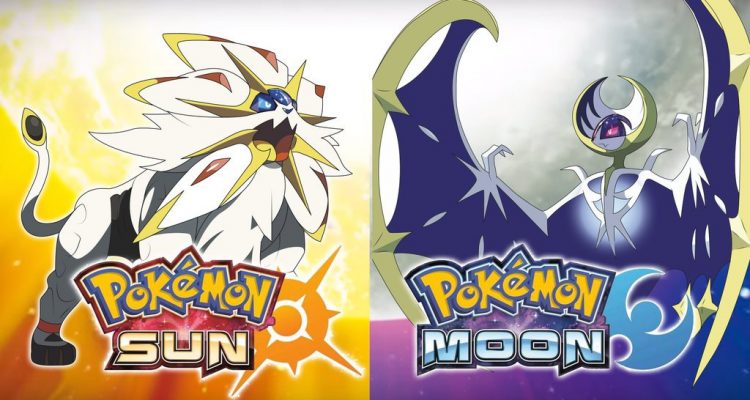While 20 years of longevity can tarnish a brand’s often-repeated formula, Nintendo has come back to the drawing board and crafted a polished and refreshing role-playing game experience in “Pokémon Sun and Moon.”
Released in conjunction with Pokémon’s 20th anniversary, “Sun and Moon” brings your character to the seventh region in the Pokémon universe, Alola, a lush Pacific paradise that offers the most diverse array of Pokémon since the introduction of the Sinnoh region in “Pokémon Diamond and Pearl.”
Players may be familiar with the linear storyline that past games have included, though “Sun and Moon” break the stereotype of “catching them all” and “becoming the very best, like no one ever was.” Rather than training up your team of Pokémon to beat the game’s eight gym leaders, “Sun and Moon” divides the map into four islands, Melemele, Akala, Ula’ula and Poni Islands, each of which possesses their own set of trials. Trials reward your player with Z crystals and the ability to face the Island Kahuna, which grants your player passage from one island to the next. These Z crystals enable your Pokémon to access their own set of special moves, while also allowing you to gain access to various points throughout the individual islands.
Given that badges are already gone, Nintendo and Game Freak also did away with the premise of Hidden Machines, which were a set of moves that enabled one’s Pokémon to interact with the environment. Instead, “Sun and Moon” introduce the concept of “Ride Pokémon,” which can be called upon to accomplish any task, whether it is simply surfing in the ocean or flying from one end of an island to another.
Where Nintendo taketh, Nintendo giveth, as the seventh iteration of the franchise introduces new concepts into the realm of Pokémon such as region variants: Poké Finder, similar in concept to the Nintendo N64’s “Pokémon Snap” and a new battle format, Battle Royale, which pits four players and 12 Pokémon against one another. Most notably, “Sun and Moon” is the first Pokémon game to be fully three-dimensional, ushering in a new perspective to explore an already action-packed game.
I must commend Nintendo for producing one of the most compelling storylines of any recent Pokémon game, which allows the player to never know exactly what to expect next as the two mysterious organizations, the Aether Foundation and Team Skull, seem to bring in two differing perspectives of one coin, causing a sort of moral dilemma as one nears the end of the campaign. Professor Kukui, the resident Pokémon professor of the Alola region, brings some of the most successful three-dimensional character arcs together, acting far beyond the traditional role of a mentor. Rather, the professor encompasses a level of camaraderie throughout the player’s trial progressions.
However, Pokémon would not be what it is today without the inclusion of the various types of Pokémon that scurry about wherever you roam. The latest iteration of Pokémon introduces 105 new Pokémon and forms to the already formidable lineup of 721 Pocket Monsters that already exist. While many are as simple in design as Komala, a koala-styled normal-type Pokémon, Nintendo jumps out of the box for the most part in their seventh generation designs, including the grass-and-ghost type starter evolution, Decidueye, and Kommo-O, a dragon-and-fighting type Pokémon that resembles a dragon with a samurai-inspired plate of armor.
As the hours pile on during your expedition, the amount of fun you will experience is immeasurable as “Sun and Moon” offers one of the most in-depth gaming experiences in the Pokémon universe. Whether you find yourself an avid gamer or simply want to experience your childhood again, “Sun and Moon” are some of the highest quality Pokémon games that were released in the past decade.


Leave a Reply